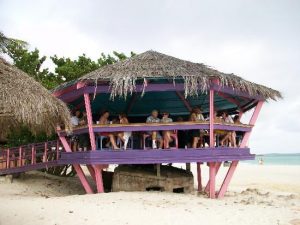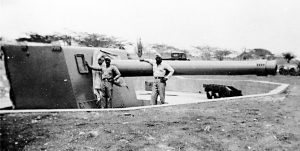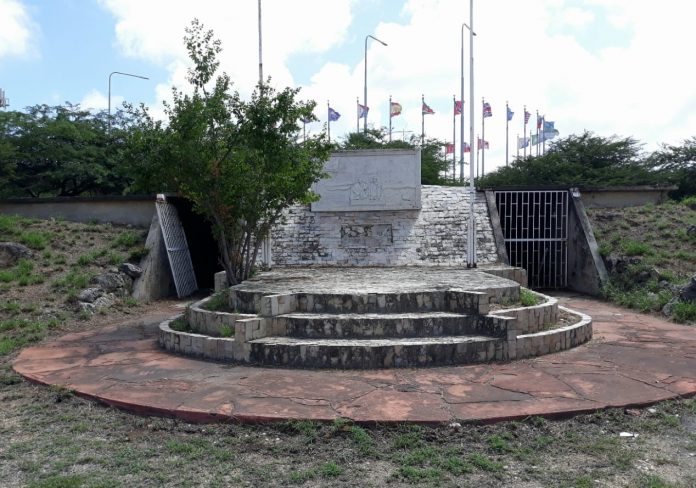This February it was 80 years ago that Aruba became involved in World War II through a submarine attack by Nazi Germany in 1942. They targeted the two oil refineries on the island, the Lago and the Eagle, the former of which was a substantial provider of fuel for the allied.

For the Netherlands, the Second World War started on May 10, 1940, for other countries in central and Eastern Europe as early as 1939. The 1930s were largely dominated by the build-up to the outbreak of this war that would set the world on fire. From Hitler’s rise in German politics to building a war industry that produced submarines, everything led to that second major war in less than half a century.

For the Netherlands Antilles, there were concerns for the safety of the islands where refineries (the Lago and the Arend (Eagle) here and the Isla on our sister island) produced jet fuel, essential for the Allied forces. Our territory was relatively safe within the territory of the United States and far from the European hotbed of war. The colony of Curaçao, as the 6 islands were then called, also had some form of defense itself, however small.
Governor Wouters, a former soldier in the army, made an effort to improve the defense of the islands. He urged the motherland to supply more weapons, ammunition, vehicles, vessels and military personnel to deal with them in the event of a hostile attack. His pleas were only sparingly answered. The Colonial and Defense Ministers did decide to place heavy coastal batteries on both islands, in the vicinity of the essential refineries. In Aruba, behind the Lago, near Juwana Morto, a coastal artillery battery was built: three gun emplacements with large cannons, with a bunker as headquarters. These four locations can still be found, although after 80 years heavily damaged by the ravages of time. Gunmen and naval personnel made up the crew.
Along the southwest coast of Aruba, from the lighthouse on Hudishibana (better known as the California Lighthouse) to the lighthouse of Seroe Colorado (which was demolished), a large number of military posts were set up, where they kept watch with machine guns and searchlights. That was in important places, such as around the Lago refinery with its harbor, the Arend refinery with its large pier, the airport, the Dakota Field, with American warplanes, the Savaneta camp with the military headquarters, the water distillation facility at Spanish Lagoon and of course Oranjestad and San Nicolas.
On the north coast there was also a guard post, at the North Cape, at Fontijn. A large cannon that could rotate 360 degrees was installed on Seroe Colorado and its foundation is still there today. Together with the four locations of the coastal artillery battery on Juwana Morto, this foundation has been preserved as military heritage from Aruba’s history. This also includes two bunkers, one of which is located between the roundabout in front of the airport and the building of the Archivo Nacional. It served as a storage bunker for ammunition at the ‘Dakota Field’ and is now a monument to the Militia Company and the Aruba Volunteer Corps. Then there is a small hexagonal bunker, of the ‘pillbox’ type, which can still be found on the beach of the Tamarijn Resort, over which the ‘Bunkerbar’ had been built and has been open for many years. Behind that beach was the Arend Petroleum Maatschappij, the Eagle refinery and in front of it the harbor entrance.
To be continued..




















